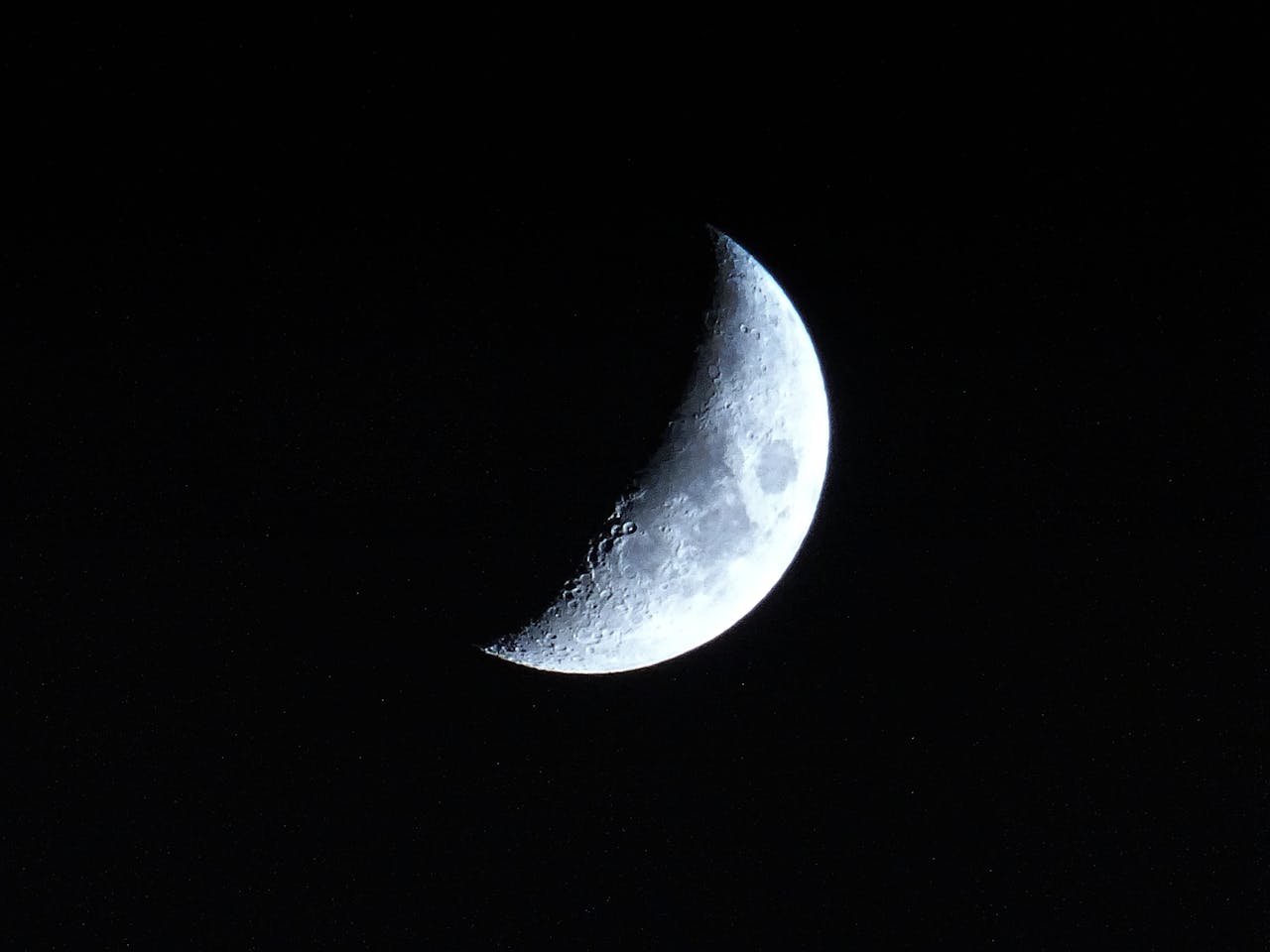The Moon is a constant in the night sky, but all is not as it seems.
It turns out that scientists have discovered the Moon is drifting away from Earth, and it’s changing everything we thought we knew about our planet’s relationship with its only natural satellite.
It’s also having a very real impact on the length of days on our planet – albeit incredibly slowly.
By moving away from Earth over the course of millions of years, the Moon is making the length of our average day longer.
A study by a team at the University of Wisconsin-Madison focused on rock from a formation aged at 90 million years. By doing so, they were able to analyse the Earth’s interactions with the Moon 1.4 billion years ago.
It turns out that the Moon is moving away from Earth at 3.82 centimetres a year. That means that, eventually, Earth days will last 25 hours in 200 million years’ time.
Stephen Meyers, a professor of geoscience at the University of Wisconsin-Madison, said: “As the moon moves away, the Earth is like a spinning figure skater who slows down as they stretch their arms out.”
He added: “One of our ambitions was to use astrochronology to tell time in the most distant past, to develop very ancient geological time scales.
“We want to be able to study rocks that are billions of years old in a way that is comparable to how we study modern geologic processes.”
I talked about this with Danny Hoyland on West Bremer Radio on 3 August 2024. Listen live each week: Saturday 7.40 am, West Bremer Radio.
Source: The Moon is slowly drifting away from Earth and it’s beginning to impact us

